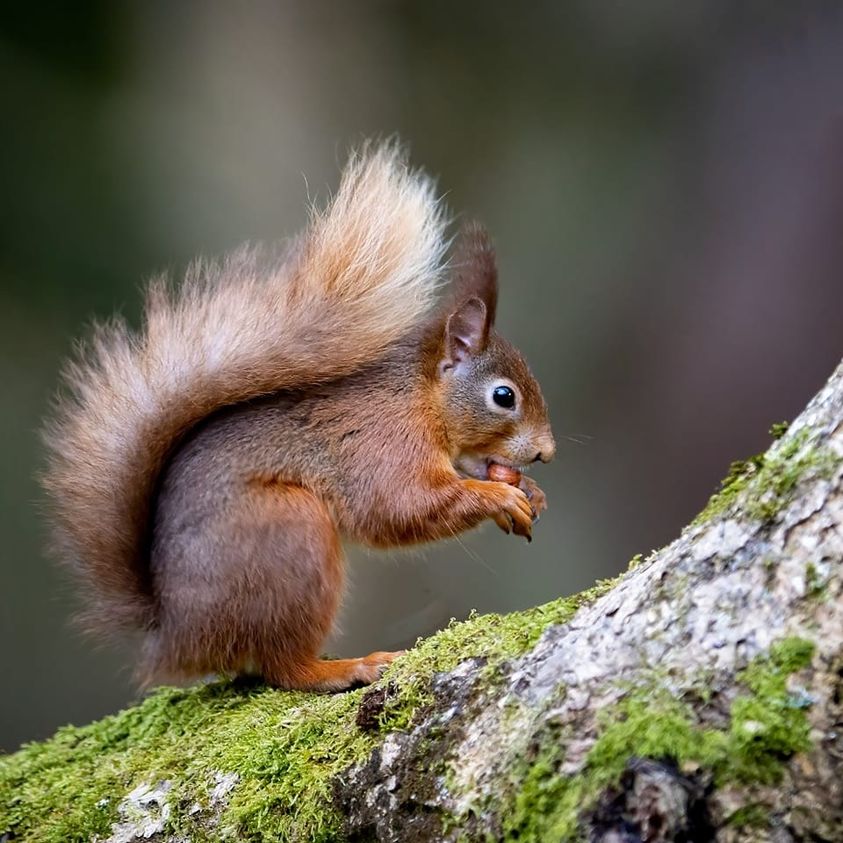
A project led by NUI Galway researchers is calling for the public’s support in efforts to revive Ireland’s red squirrel population.
The Urban Squirrel Survey aims to learn more about populations in urban areas of both the native red squirrel and the invasive grey squirrel.
Galway is among cities being focused on in the survey which asks members of the public to report sightings of red and grey squirrels in large urban areas.
The red squirrel has been harmed increasingly overtime by the grey squirrel, which was introduced to the country in 1911. Grey squirrels, larger in size, out-compete reds for food and pass on fatal disease.
Working on carrying out the survey is NUI Galway PhD researcher Emma Roberts. She said the survey would provide vital information on the future of conservation of the red squirrel population.
“With the spread of urbanisation, parks and urban green spaces are becoming important habitats for squirrels. By understanding where both species occur in urban areas, we can plan conservation actions to protect our native red squirrel.
“Red squirrels need a woodland to live in, so it can be difficult for an urban area to accommodate these animals. By researching their distribution in urban areas across Ireland, we can investigate the likelihood of their continued survival in certain areas and reestablishment in other,” she added.
The red squirrel population is enjoying something of a revival in rural parts of the country with the native pine marten recovering and predating on the grey squirrel, which serves as less vigilant prey for the pine marten.
Data collected since 2007 suggest the red squirrel is recovering well but more recent studies have shown that urban areas may be providing refuge for grey squirrels from the pine marten.
This would curtail the red squirrel’s ability to re-establish itself in towns and cities and cause further grey squirrel spread in built-up areas.
Also conducting the survey is Dr Colin Lawton of the Ryan Institute and lecturer in Wildlife and Conservation Ecology.
Dr Lawton believes the contributions of the public to the research will be vital to understanding squirrel populations in urban centres.
“Previously, surveys have been looking for squirrel records in all areas of Ireland, but this year we are focusing on urban areas, to highlight the increasing importance of these habitats to our wildlife and to see if they will remain a stronghold of the invasive grey squirrel.
“We rely on the help of the public, our Citizen Scientists to provide us with information from their local parks and gardens.”
Ms Roberts and Dr Lawton are running the survey in collaboration with the National Biodiversity Data Centre which is a programme of the Heritage Council.
Residents of Dublin, Belfast, Cork, Limerick, Derry and Waterford are also being called upon to report information on squirrel sightings in their locality throughout 2022.
More information on the survey is available via the Urban Squirrel Survey’s Facebook, Twitter and Instagram pages or by emailing urbansquirrelsurvey@gmail.com.
The survey can be found at www.biodiversityireland.ie.